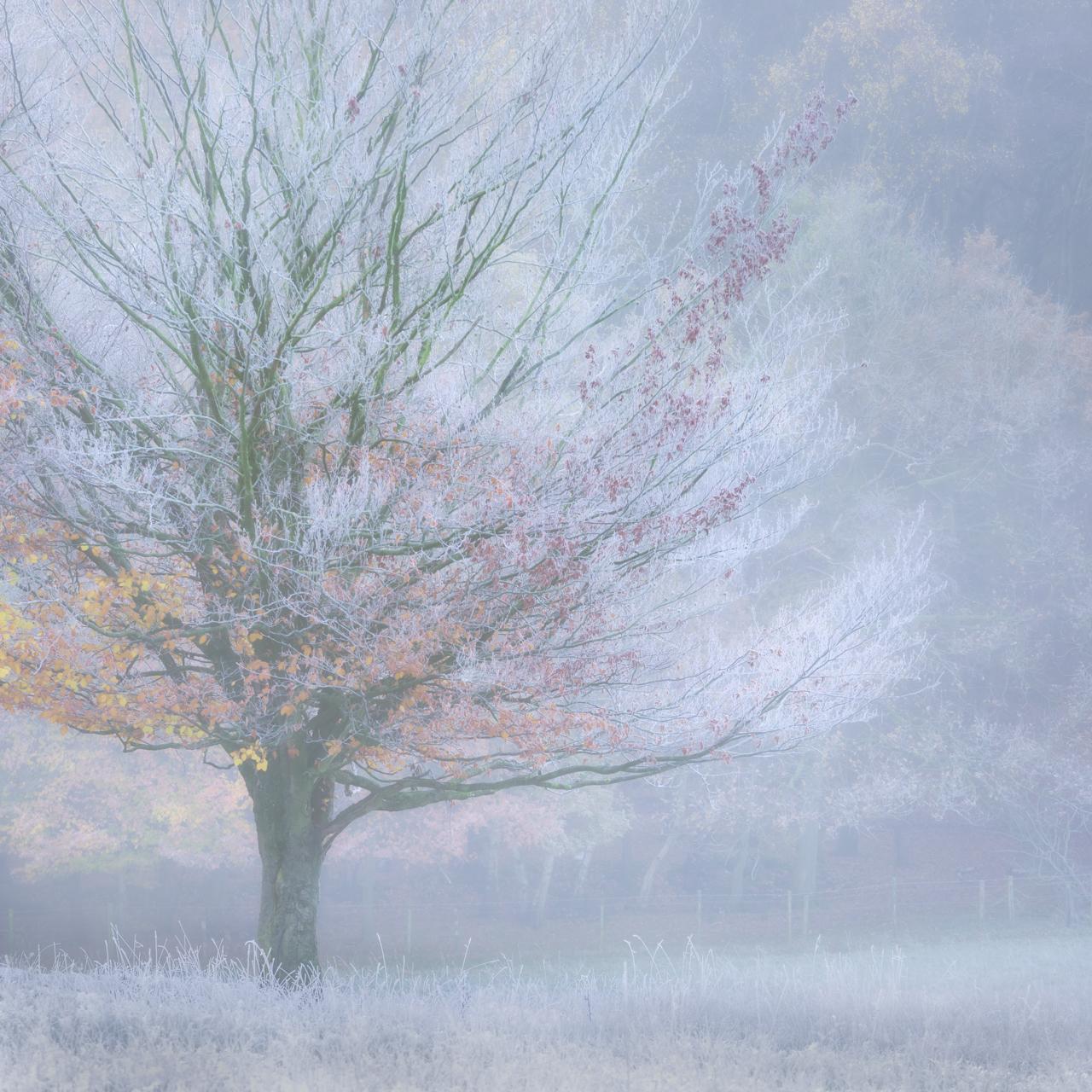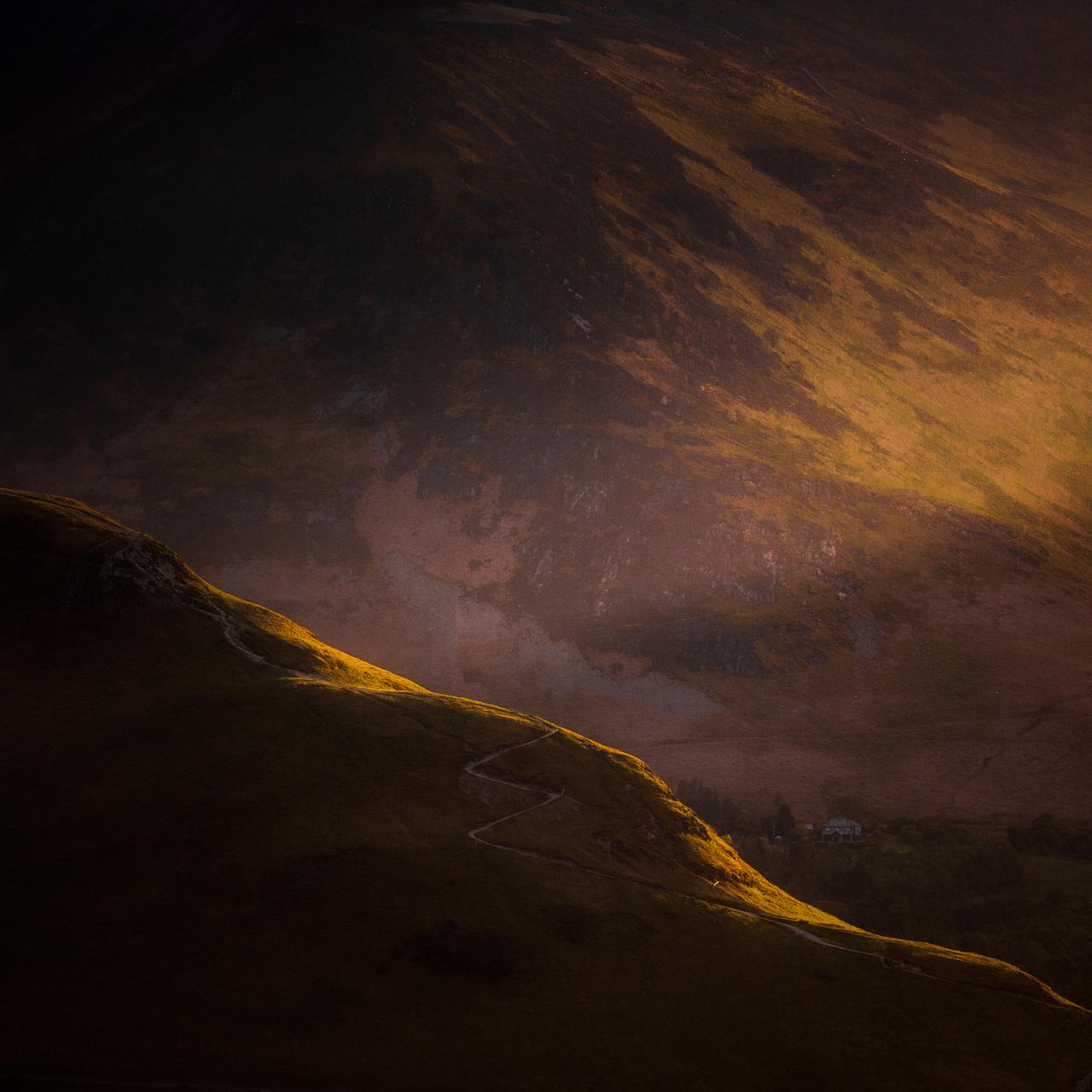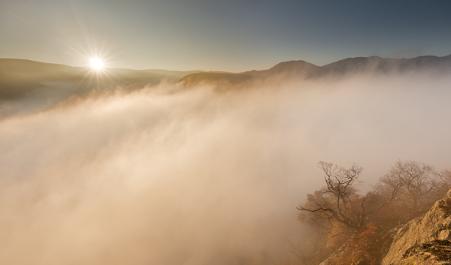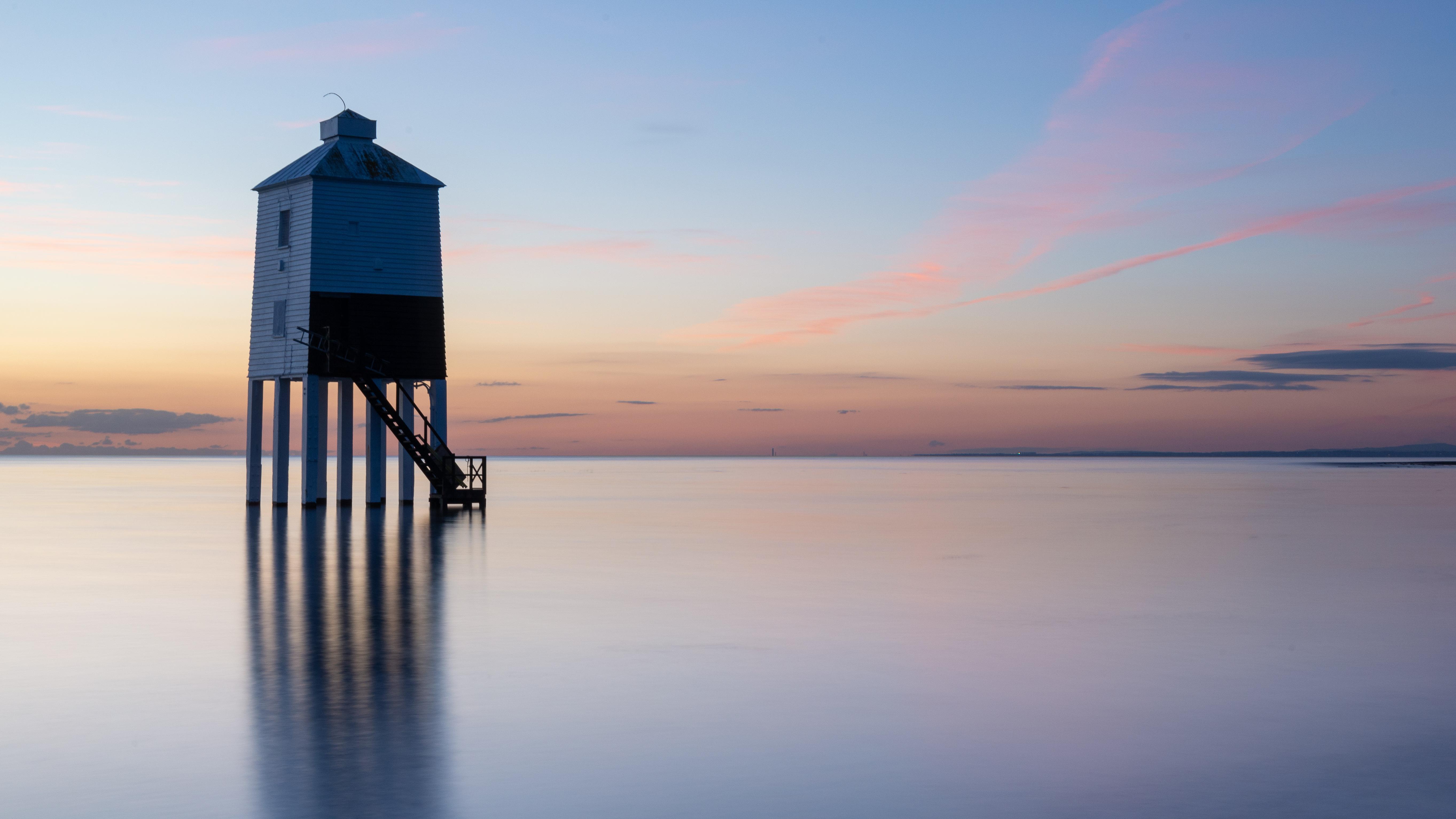
5 minute read
Learning to See The Natural World on a Smaller Scale by Simon Turnbull
LEARNING TO SEE THE NATURAL WORLD ON A SMALLER SCALE
by Simon Turnbull
We’re all bombarded with gloriously ‘epic’ images and I’ve certainly spent my fair share of time attempting (and failing) to emulate them. You know the ones: a lone stag standing on the ridge of a highland mountain, its breath caught in the frosty morning air. Or a weathered lighthouse with a monstrous wave crashing into its side as the thunder gods wreak havoc in the sky. I especially envy the shots from the Lake District, a place very close to my heart, of a glorious atmospheric sunrise, perhaps a cloud inversion, a gnarled old tree clinging to a crag.
If I’m being completely honest I still would love to have these shots in my portfolio. It’s always nice to receive a “oh wow, that’s amazing” comment from someone. They’re crowd pleasers and rightly so.
But I remember thinking to myself: why can’t I get these shots? Why am I failing? Then the simple truth dawned on me: it’s because I’m not there. It occurred to me that the chances of me being in such a location at just that right moment are tiny to nonexistent. Those glorious Lake District photos are mostly taken by those living in the area, spending many hours on the fells when the conditions are just right. They’re able to try and try again and know exactly

Fire and Ice: A Sharp Frost in my local woods
© Simon Turnbill
where to go and when. I live in Hertfordshire, about as far away from the coast as it’s possible to get on this island. And while the landscape is beautiful it isn’t “epic”. I also have other responsibilities, a young family, an office job etcetera - setting an alarm for 3am and disappearing every weekend isn’t going to happen. My quality time out with the camera is extremely limited so I felt I needed to find a way to improve my chances of getting shots I’d be proud of in my limited time windows. I suspect I’m not alone in facing these constraints.
It needed a mind shift to avoid the continual disappointment which is when I started to look at more intimate landscapes. If I was going to stop seeking those wide vista images then I should start to see what is right in front of me. A new world then started to open up. I didn’t need an epic sky because the sky wouldn’t be in most of my shots. I started to see and truly appreciate the splash of colours as the first signs of Autumn emerged. It didn’t matter where these shots were taken because they weren’t about location but

Sharp Edge: A close up shot of a puddle which reminded me of a classic mountain ridge-line
© Simon Turnbull
about subject matter, ie the natural world. For me a simple little leaf clinging to the edge of a small waterfall holds just as much fascination. These narrower views might not always be close-up, they could be about the contours of the land, often lost in the clutter of a wide angle landscape. I find them every much as interesting and perhaps even more rewarding. The scenes often take a fair amount of composing, smaller movements left and right, up and down to come away with a satisfying shot. I can easily lose myself in crafting these shots.

Last Light on Catbells: The image was all about the day’s last light dancing on the fells.
© Simon Turnbull
The resulting shots are often more abstract and in a sense more artistic. Certainly not everyone’s cup of tea but rewarding on a personal level which is surely what it’s meant to be about. I know that they get far less interest on social media but often receive some of the kindest comments - someone out there will really connect with the shot and take some time to tell me about that and that’s far more rewarding than a thumbs up!
What’s more, I found those shots had far more meaning to me. I can head to the Lakes where I grew up and come away with pictures no-one else has, showing it’s quieter side I know so well. The conditions matter less. Or I can explore much more locally, taking huge enjoyment in a local reservoir looking out for interesting reed reflections. This new approach lifted the photo pressure and I’ve found my enjoyment for landscape photography has grown enormously.
Better still I’ve discovered that even without the camera I’m far more observant. I’ll notice some pretty weeds nestled between paving stones on my commute to work. Or some reflected light dancing on my living room wall. I just didn’t notice these before and I firmly believe my life is much richer as a result.
Don’t get me wrong, if I’m stood on the edge of the Grand Canyon at sunset then I’ll pop on the wide angle and shoot away. It’s a great record of the moment and will make for a lovely image of which to be proud. But perhaps it might be noticing a smaller scene that nobody else has seen that really means more personally which I think can be more enriching. We are all part of nature after all and I feel that looking a little closer will only deepen that connection that is perhaps often lacking.
So I hope this resonates and gives a few ideas. A few tips to finish off:
1. Use a long lens: My 70-200mm rarely leaves my camera these days and helps to compress and isolate scenes.
2. Try using a viewing card: This can help the eye declutter the scene (an idea borrowed from the superb Paul Mitchell FRPS).cSquare crops can work nicely, especially with more abstract shots - I often set this in-camera to aid visualisation in ‘Live View’.
3. Show a series in a panel: Combining 3 or more shots together can better help show the creative intent behind the shot.
4. Show a series in a panel: Combining 3 or more shots together can better help show the creative intent behind the shot..
5. Zone out. It sounds silly but if I look too hard I often see nothing. Just going for a nice walk usually ends in a scene jumping out when I’m least expecting it

Flow: Detail shot from a river in Borrowdale
© Simon Turnbull
instagram: simonturnbull_photos www.simonturnbullphotography.com




